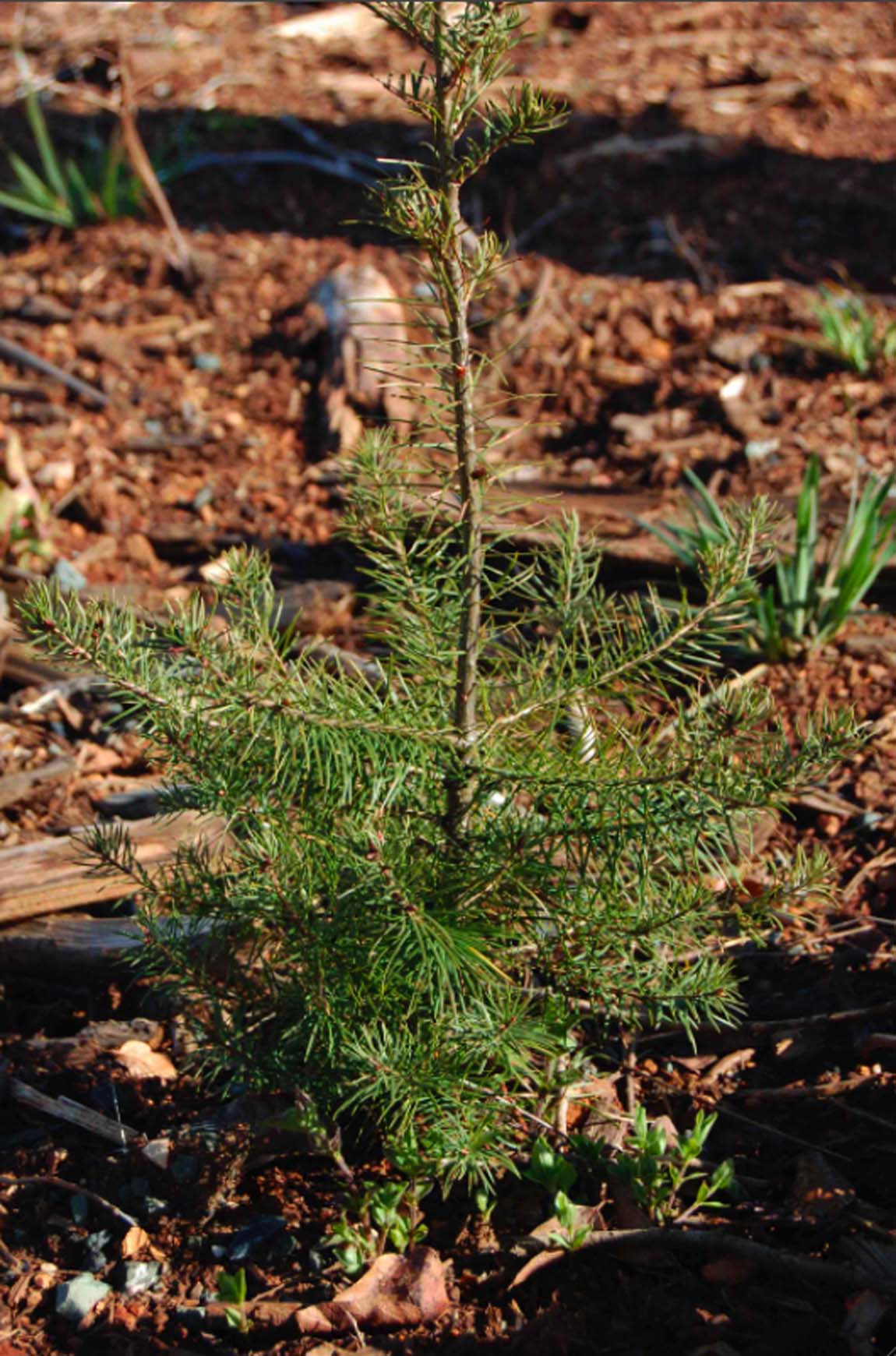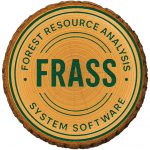Generating “as much revenue as possible” sounds attractive, but forest management decisions are anchored in trade-offs: timing versus risk, biological growth versus access, regulation versus opportunity. The FRASS Approach is designed to navigate those trade-offs with structure, documentation, and clear economic logic.
The FRASS Approach
The FRASS Approach delivers an integrated framework for financially optimal forestland analysis. It combines physical site characteristics, regulatory constraints, and macro- and micro-economic signals from relevant marketing areas. Stand-level growth expectations and harvest options are evaluated across multiple rotations, not just the current one.
Forest value into perpetuity has been recognized since Martin Faustmann (1849) formalized the Soil Expectation Value (SEV). In practice, however, the Faustmann formula has often been simplified or misapplied. With modern computing power and richer spatial and economic data, the FRASS Approach revisits that foundation and applies it correctly within a detailed, rotation-by-rotation decision system.
Rather than relying on a single closed-form shortcut, the FRASS Approach treats Faustmann as a starting point: a rigorous benchmark extended through modern optimization, realistic price behavior, and explicit stand-level data.

Traditional tools, when used in isolation, no longer match the complexity of today’s forestland investments and delivered log markets. The FRASS Approach incorporates:
- Real Price Appreciation and devaluation analysis for delivered log markets,
- Operations research methods, including nonlinear and sequential quadratic optimization,
- Geospatial analysis to integrate access, constraints, risk, and stand context.
FRASS responds to the need for change by providing forestland managers, appraisers, and owners with a platform that is both biologically grounded and financially disciplined.
REAL Inconsistency
Traditional valuation often misstates Net Present Value by applying simplified Income Capitalization methods. A common pattern is to estimate timber value for current standing volume, then present that result as though it reflects a complete perpetuity value. These shortcuts create inconsistencies between reported value and the actual performance of the forest resource.
Growth & Yield modeling has improved stand-level understanding, allowing analysts to simulate biological development by species, site, and density. Yet many optimization efforts still stop at biological maturity. Financial criteria, market volatility, and subsequent rotations are left out of the solution space.
The result is “optimal” answers that are biologically tidy but financially incomplete.
Many Growth & Yield tools have been augmented with valuation modules, but these additions typically:
- Optimize only a single rotation,
- Ignore Real Price Appreciation and Devaluation over time,
- Exclude evolving costs, regulations, and risk over successive rotations,
- Offer no coherent link to value into perpetuity.
When harvest decisions are made without considering future rotations and temporal price behavior, the resulting solutions underrepresent or misallocate forestland value.
This leads to the wrong approach.
Forests are responsive biological systems. They grow, compete, die, and regenerate. Nutrients cycle, species composition shifts, and management choices compound through time. Economics is one component of this system. It must be integrated with biology and space, not overlaid as an afterthought.
As obvious as it sounds, this principle is frequently ignored in attempts to calculate financially optimal rotation ages. Many methods treat each stand in isolation or assume perpetual continuation of a single pattern. The FRASS Approach explicitly links the decision to harvest the current rotation with expectations for the next, and for subsequent rotations into perpetuity.
In shifting log markets, an optimal solution must balance biological maturity, stand-level risk, infrastructure, policy, and market timing. FRASS evaluates combinations of harvest ages across stands and rotations, revealing strategies that honor both the forest’s growth potential and the investor’s economic objectives.
The FRASS Approach begins with data that forestland managers already collect: inventories, stand maps, silvicultural records, operational costs, and constraints. Public datasets such as digital elevation models and soils surveys are integrated with manager-specific information and purchased analytics.
At D&D Larix, LLC, these inputs are transformed into GIS layers and analytical tables, subjected to spatial and statistical analysis, and connected to delivered log markets and financial parameters. FRASS extends the power of these datasets across planning, appraisal, reporting, and strategic review.
The FRASS Platform enables forestland owners and their advisors to work from one coherent valuation framework, rather than a patchwork of disconnected tools and assumptions.

At the core of the FRASS Approach is a three-legged stool of integrated information:
- Geospatial data — GIS-based description of land, access, infrastructure, and constraints,
- Biometric data (Growth & Yield) — stand structures, species composition, and development pathways,
- Economic data — delivered log markets, costs, risk, and financial parameters.
The landowner, fiduciary, or client sits on the stool as the seat. Their objectives, risk tolerance, regulatory environment, and reporting requirements shape how each leg is weighted. The FRASS Approach aligns all three components in a uniform structure so results can be mapped, measured, and explained in biological or financial terms as required.
In practice, the FRASS Approach is a process: data are aligned, relationships are made explicit, and each scenario is evaluated for its implications across stands and across time. This is forest valuation as a living, testable system, not a one-line formula.
FRASS YouTube Channel
While you watch these videos, click the CC (Closed Captioning) button to read along with the narration.

FRASS YouTube Channel
Watch FRASS theme videos on our playlist, subscribe to be alerted when new videos are posted!
